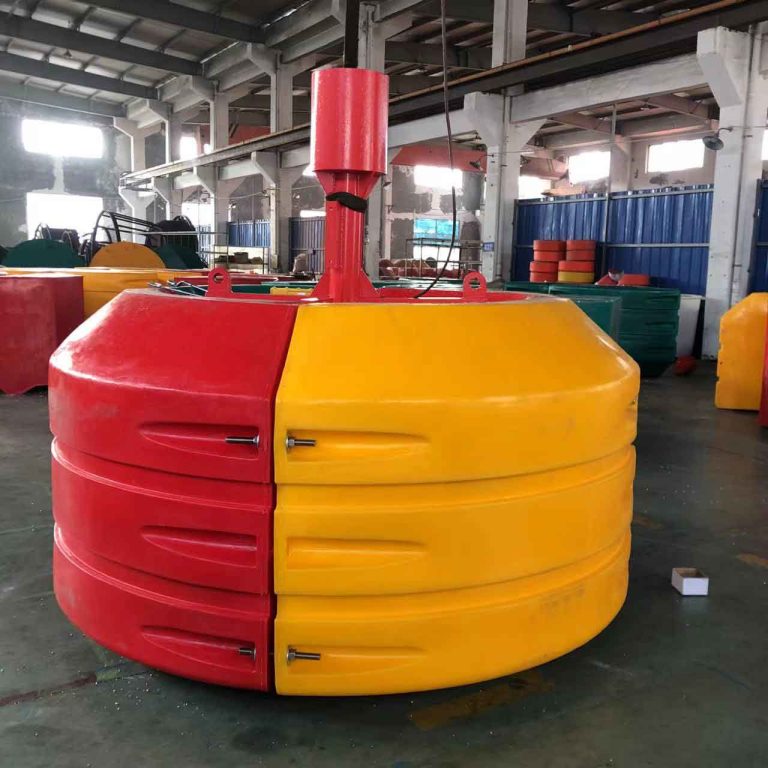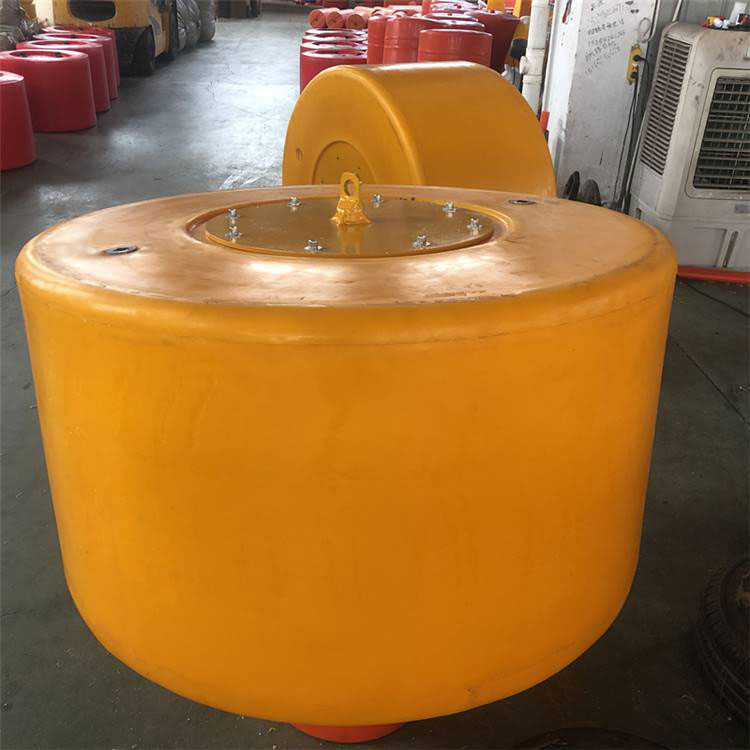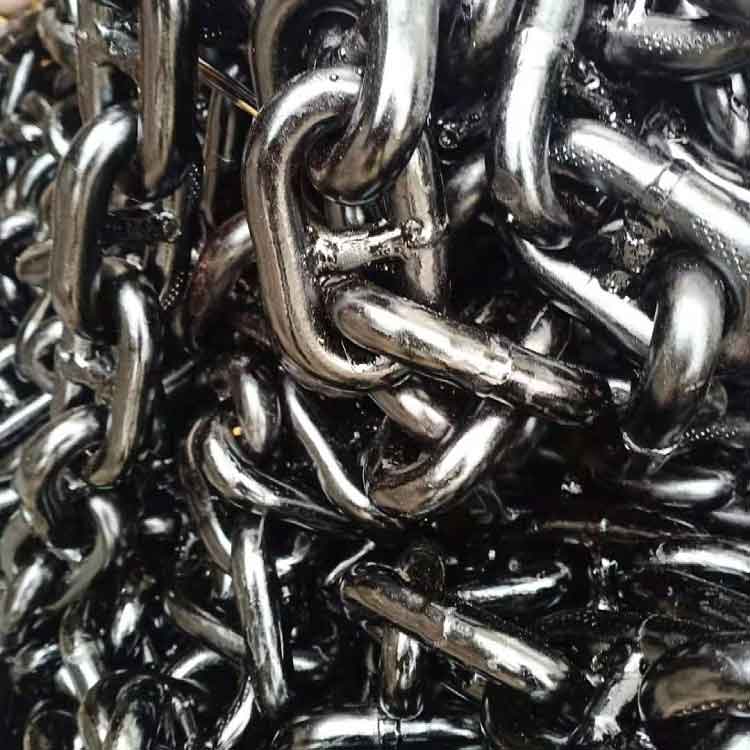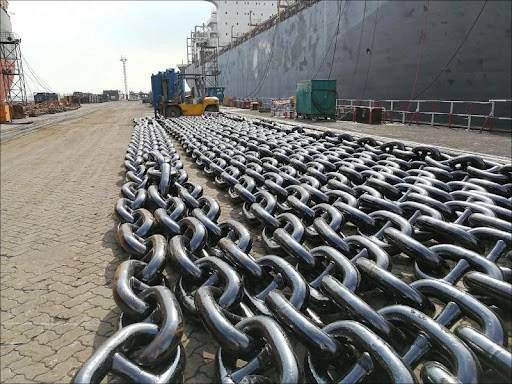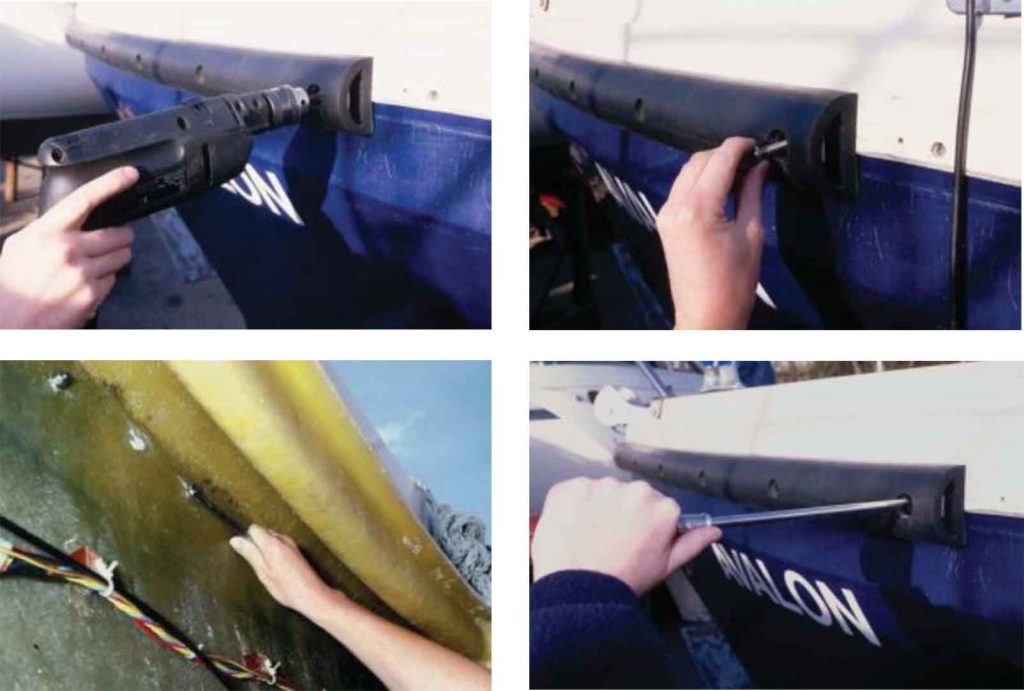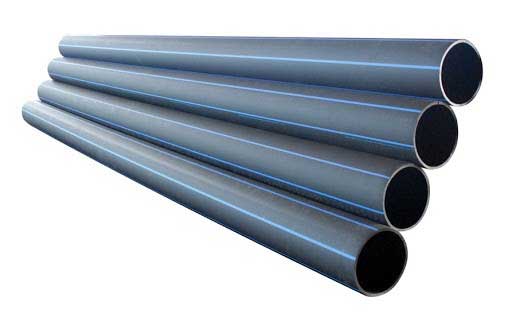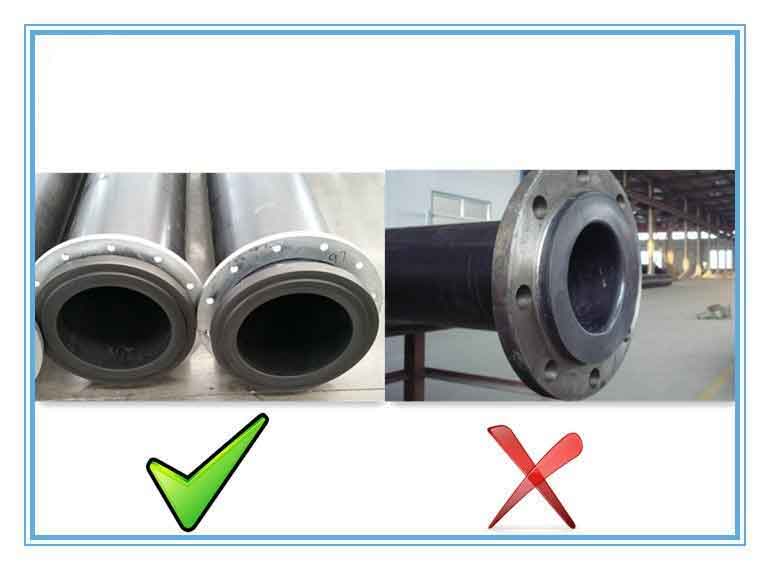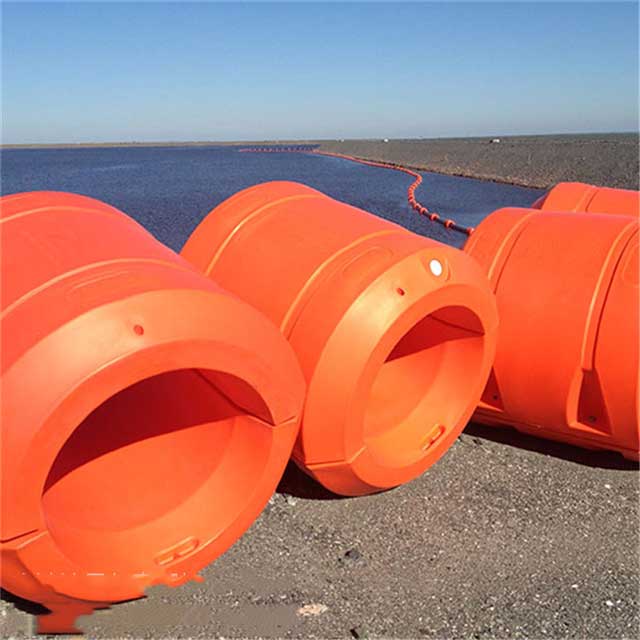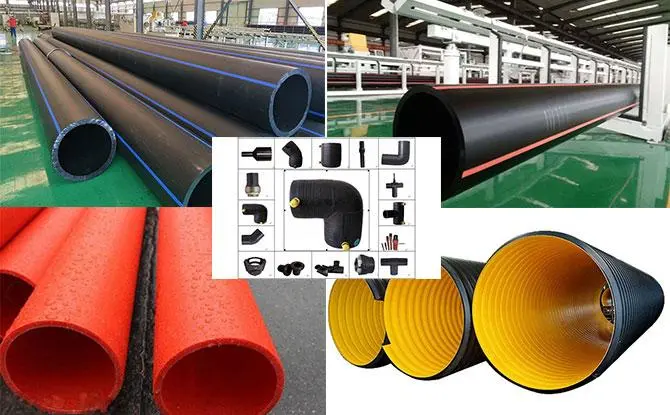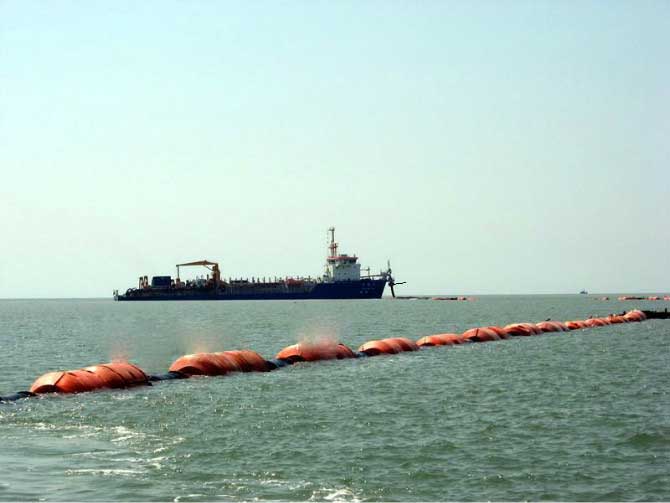What is a mooring buoy?
Mooring buoy is an object floating in the water that is used in the sea as a locator or a warning point for ships. The mooring buoy itself is made of high-quality imported PE materials, and the color is usually bright (fluorescent). It is sunlight resistant and anti-aging, and will not fade during use. The top is installed with LED double-plate solar warning lights. The light intensity is large and the power storage is long-lasting, which can guarantee the normal work of the warning light for 20 days of continuous cloudy rain. It can be customized with various colors of warning lights, which greatly reduces the evening channel accident-prone, to ensure safety!
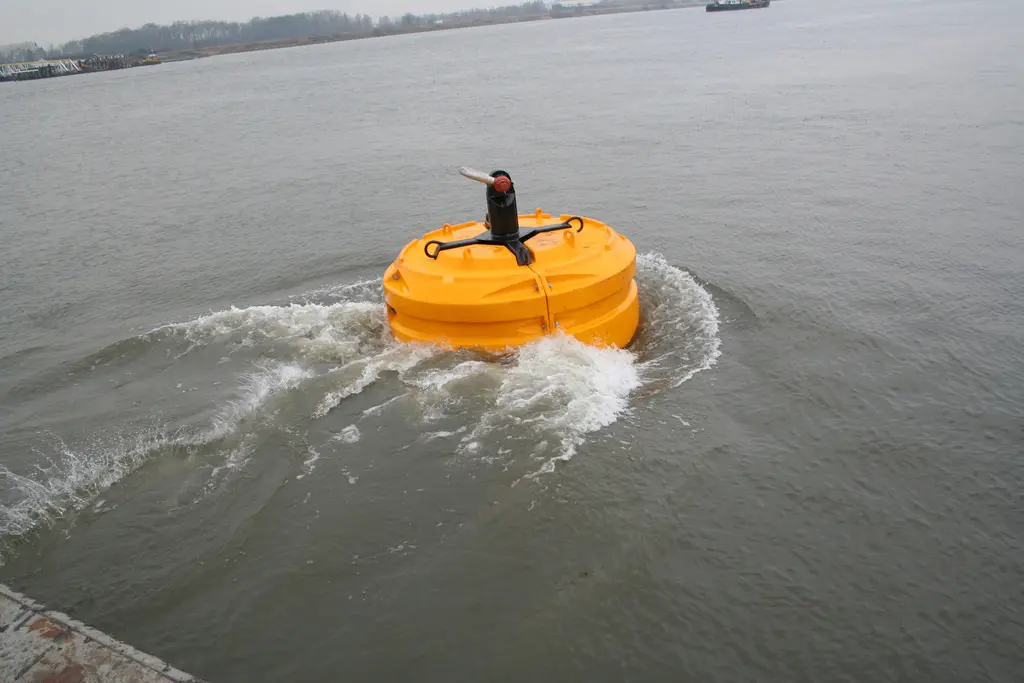
Mooring buoys are usually designed in a circular shape, and it is designed in such a way that they have a heavier weight on the ocean floor, which acts like an anchor and keeps the buoy afloat in the water. The top hard eyes of mooring buoys are used to attach mooring ropes or shackles to attach boats so that they can be efficiently moored on them.
Types of mooring buoys
There are different types and styles of mooring buoys, which can be divided into marine buoys and inland river buoys according to the waters where they are placed.
The basic shapes of mooring buoys are tank, cone, spherical, cylindrical, rod and so on. Due to the influence of wind, waves and tides, the buoy has a certain range of floating and cannot be used as a sign for determining the ship’s position. If the use of live knotted rod buoy is correctly positioned, can be reset after the impact.
Inland river buoys include drum buoys, triangular buoys, stick buoys, cross-flow buoys and left and right navigation buoys. The shape of the buoy, the coloring, the top mark, the light quality (light frequency, light color, flash cycle) are all customized according to the regulations.
How do mooring buoys work?
The whole application of mooring buoys works in such a way that the buoy is floating and the ship is moored to a very strong support without the use of a mooring anchor system.
In some parts of the world, mooring buoys are also used to anchor ships away from areas where coral reefs flourish. This is done because, when a boat is moored in a coral reef area, the use of anchors tends to dig and uproot coral that is deep in the water. By using mooring buoys, the loss of marine life will be effectively prevented.
In this day and age, mooring buoys are more popular than traditional types of anchors. In the days to come, mooring buoy systems will be the most relevant equipment in the shipping industry due to increased environmental awareness.
How to use a mooring buoy?
Proper use of mooring buoys is important to prevent unnecessary wear and tear on the mooring system and to protect your boat and others’ boats.
- Pilot the boat from the helm station, enabling you to see the buoys throughout the hookup.
- Approach slowly from downwind so that the floating yellow pick-up line is closest to you. Keep the buoy on the same side as the rudder station so you can see it as you approach.
- Use the boat hook to safely retrieve the yellow pickup line. Place your boat in a neutral position to avoid entanglement.
- Pass your bow wire through the loop of the yellow pick-up wire. Clip both ends of the bow line to the bow. Never tie the yellow pick-up line directly to your boat as it will put undue stress on the mooring anchor. Never tie your boat stern to a buoy, as this is dangerous for you and your boat and can put undue stress on the mooring system.
- Release enough line so that the buoy is not pulled underwater and the line is level. Adding extra lines will provide your boat with a more comfortable experience when moored and reduce wear and tear on the buoy system.
- Check the buoys your boat is attached to. Check that it’s working as expected and proactively escalate the issue.
- When you are ready to leave, untie the bow line and pull it through the loop of the yellow feeder line. Then stay away from the moorings so you don’t foul any mooring lines.
When using mooring buoys, the following points need to be considered:
- On many reefs, mooring buoys surround the shallowest reef area or are located on the ocean side of the reef. Approach the mooring buoys from either side of these shallow areas, always turning to the outside of the buoy in a circle. Never drive directly over shallow reefs to reach the buoys.
- You should maintain idle/no wake near the mooring buoy. Don’t wander between the buoys, watch out for swimmers, snorkelers and diver bubbles.
- If buoys are not available, only anchor in sand, never in coral. Always check to make sure your anchor is not dragging and your anchor chain is not touching the coral.
- Smaller vessels are encouraged to connect to each other, thus allowing larger vessels to access the buoys.
- The sailboat should not use the big sail as a stable sail when it is on the buoy; this puts too much stress on the eyebolts of the mooring.
- Buoy positions are spaced apart to provide clearance for most boats under normal conditions. To avoid stranding, use caution when approaching and tying to buoys. Containers larger than average must be checked for depth to avoid contact with the bottom.
If you still have questions about mooring buoys, please feel free to contact us. As a professional marine equipment supplier, Boomarine offers a range of professional marine equipment to provide you with tailor-made solutions.

